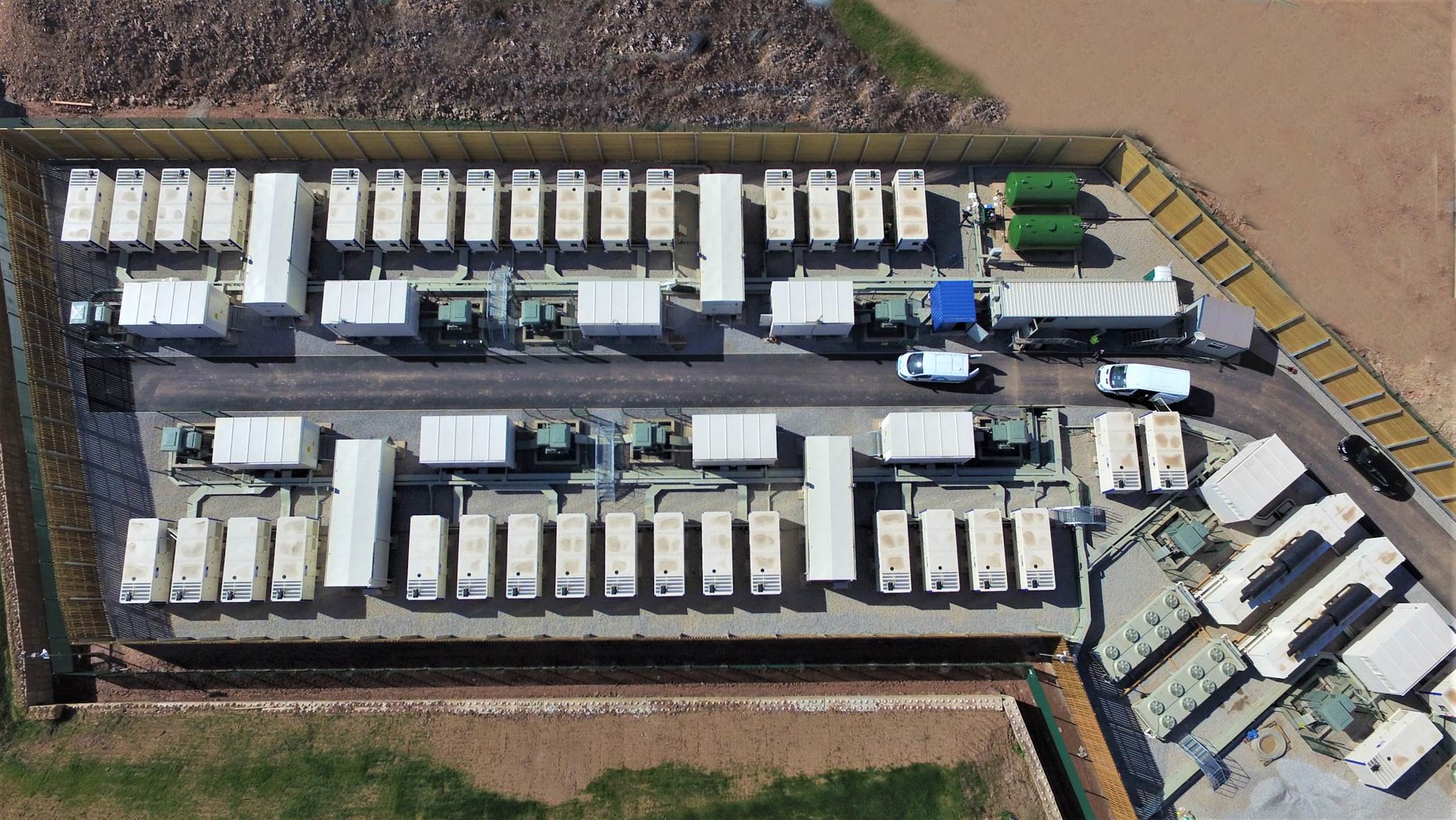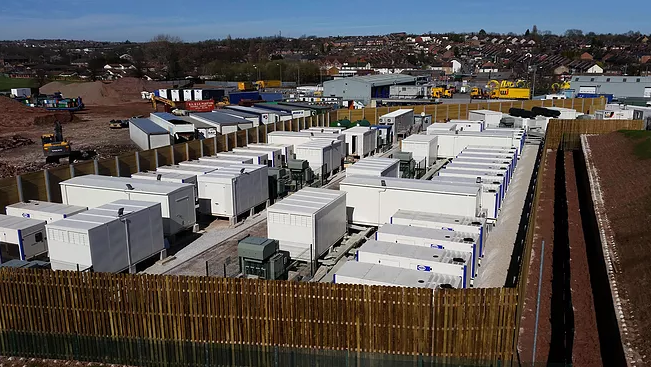
Almost every nation in the world is slowly but surely turning to the concept of green energy. Even the United States, with its recent policy reversals, remains one of the largest providers of renewable energy in the world.
Many have signed up to the Paris agreement, a global treaty aimed at the reduction of greenhouse gases. Others are fully aware that a long-term reliance on carbon-based fuels is no longer desirable or feasible. But the final factor that has swung the energy debate is the vast improvement in green energy production and efficiency.
Whether it is wind, wave, sun, tide or thermal, energy production yield has vastly improved in the last couple of decades, to the point where green is economically viable.
Green energy is becoming the major source of energy for many countries around the world; the record was set by Norway in 2015 when, on one day in July, it produced 140% of its national energy supply from wind power alone.
Try Premium for just $1
- Full premium access for the first month at only $1
- Converts to an annual rate after 30 days unless cancelled
- Cancel anytime during the trial period
Premium Benefits
- Expert industry analysis and interviews
- Digital access to PV Tech Power journal
- Exclusive event discounts
Or get the full Premium subscription right away
Or continue reading this article for free
But what happens when the wind doesn’t blow or the sun doesn’t shine? When natural energy sources aren’t sufficient to meet needs, utilities often have to fall back on to carbon-based sources of energy.
On the other hand, what happens when green energy exceeds demand? What do you do with that excess energy supply? Without a way of storing power, the only alternative is to turn green energy sources off.
But there are alternatives to both scenarios – and you may be surprised to know that it comes from the data centre industry.

Datacentres become a power source behind-the-meter
Many data centres need back up power supplies. It’s the same as your solar panels on your roof at home, where you can sell ‘spare’ or excess energy back to the grid.
The same ability now exists in data centres. Most, if not all, data centres run an Uninterrupted Power Supply (UPS) as a back-up system in case of any energy outage. It ensures data centres are operational during any grid disruption – whether caused by a hurricane, fire, flood or civil disturbance. So, while its primary purpose is to protect against power failure, this additional power source can also be ‘unlocked’. When data centres are running at less than 100% capacity,
or when reserve power supplies are not used, they can be repurposed back to the grid. Data centre performance and reliability always come first; but energy can be pushed back to the grid when it is safe and cost effective to do so.
This is not a theoretical concept. With an effective use of hardware, software, and negotiations with energy companies, a cheap, effective system can be up and running in no time at all.
Energy storage in front-of-the-meter in the age of the energy trilemma
Managing power supplies has always been a delicate balancing act. Energy supply in the future will need to be secure, sustainable and affordable; it has to operate safely and reliably for 365 days of the year; and it must facilitate decarbonisation of the energy industry. The challenge of achieving all of this is known as the energy ‘trilemma’.
It requires a means of capturing and storing energy when there is a ‘green’ surplus. It’s almost like developing a Duracell for renewables, if you like. We are at that point now where that technology is available. Companies like Noriker Power, a fast-growing company that develops rapid response, flexible power systems to deliver services such as frequency control to the National Grid, and Vertiv, are working together to make this reality.
These plants are a major component of the future infrastructure of the grid and are being built to address problems brought about by the decommissioning of old power stations, the decarbonisation of electricity production and the transition to renewable energy.
The shift towards renewables such as wind, water and solar, has led to a lower electrical grid inertia and irregular power effects. The National Grid monitors inertia through a metric called Grid Frequency, which must be maintained to very tight tolerances. It has invited forward-thinking companies to propose energy storage solutions through its Frequency Response Services; this includes the Fast Frequency Response Dynamic, which helps maintain the stability of the grid.
Noriker Power’s solution involved both valve regulated lead acid (VRLA) and lithium-ion batteries, which are connected to grid support inverters. These batteries are used to store power on standby in readiness for additional energy to be injected into the grid to meet demand in milliseconds. They are also able to correct grid power factor and harmonics. Additionally, the systems are monitored by a 24/7 operation manned by experts. This provides real-time insights needed to maximise the systems’ uptime.
As a result, Noriker is able to deliver 20 MW of Fast Frequency Response Dynamic power directly to the UK National Grid at 33 kV 50 Hz.
Saving energy, unlocking revenues
This system enables Noriker Power to provide consistent power to the National Grid throughout peak frequency response times. During low demand periods, it can store the energy ready for reuse.
That’s one of the key determinants for maintaining the delicate balance of energy supplies to the grid – or maintaining Grid Frequency. This combination of real time energy storage and release, combined with UPS systems for the most sensitive loads, allows Vertiv to offer solutions to keep control of not only the most critical users, but to also enable them to become prosumers, saving energy and even unlocking additional revenues.
